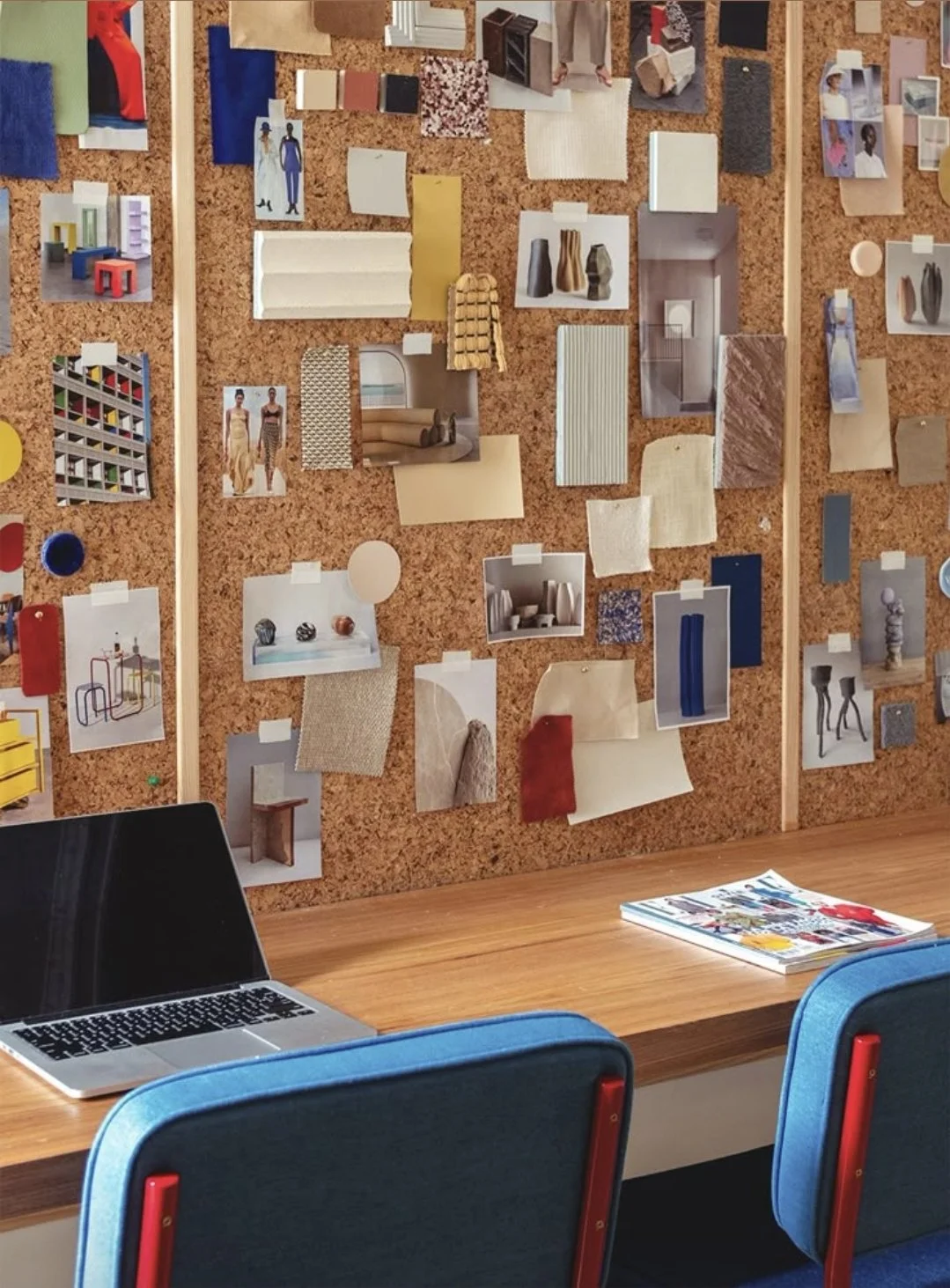Why Personalising your Workspace Matters
32% Boost with Personalisation: When employees were empowered to design and personalise their own workspaces, productivity increased by 32% over those in lean environments
Creating a positive and productive work environment goes beyond ergonomic chairs and natural light—it also involves giving people the freedom to personalise their workspace. Whether it’s adding photos, artwork, plants, or small decorative items, this act of self-expression can have a profound impact on employee well-being, satisfaction, and performance.
Goodmoods Studio. Photo by Maxime Meignen
Personalisation and Job Satisfaction
Research shows that allowing employees to personalise their workspace can significantly enhance job satisfaction. A study found that people working in enriched environments—where they had control over the layout and design of their space—reported higher levels of well-being and productivity compared to those in lean or standardised settings. The opportunity to customise one’s space fosters a sense of comfort and belonging, which in turn reduces stress and improves morale.
Ownership and Psychological Investment
Workspace personalisation is closely tied to the psychological concept of territoriality, where individuals feel a sense of ownership over their environment. This sense of ownership promotes greater emotional investment in one's role and the organisation. When employees feel that their workspace reflects their identity and values, they are more likely to feel committed and engaged. In Territoriality in Organisations it was noted that personalisation signals a claim to space, which reinforces an individual's presence and contribution in the workplace.
Contribution and Organisational Culture
Encouraging personalisation can also signal that an organisation values individuality and inclusivity. It supports a culture where people feel seen and respected, not just as workers, but as individuals. This kind of environment is more likely to foster collaboration, creativity, and long-term commitment.
In today’s evolving work landscape—where hybrid and remote models blur the boundaries between personal and professional life—supporting personalisation becomes even more important. Whether in the office or at home, empowering people to shape their work environment reinforces their sense of agency and alignment with the organisation’s values.
Small changes in workplace policy—like encouraging personal touches at desks or in virtual backgrounds—can make a big difference. By fostering a sense of ownership and individuality, organisations can enhance satisfaction, engagement, and ultimately, performance.
Further Reading
Knight, C., & Haslam, S. A. (2010). Your Place or Mine? Organizational Identification and Comfort as Mediators of Relationships Between the Managerial Control of Workspace and Employees’ Satisfaction and Well-being.
Brown, G., Lawrence, T. B., & Robinson, S. L. (2005). Territoriality in Organizations.
